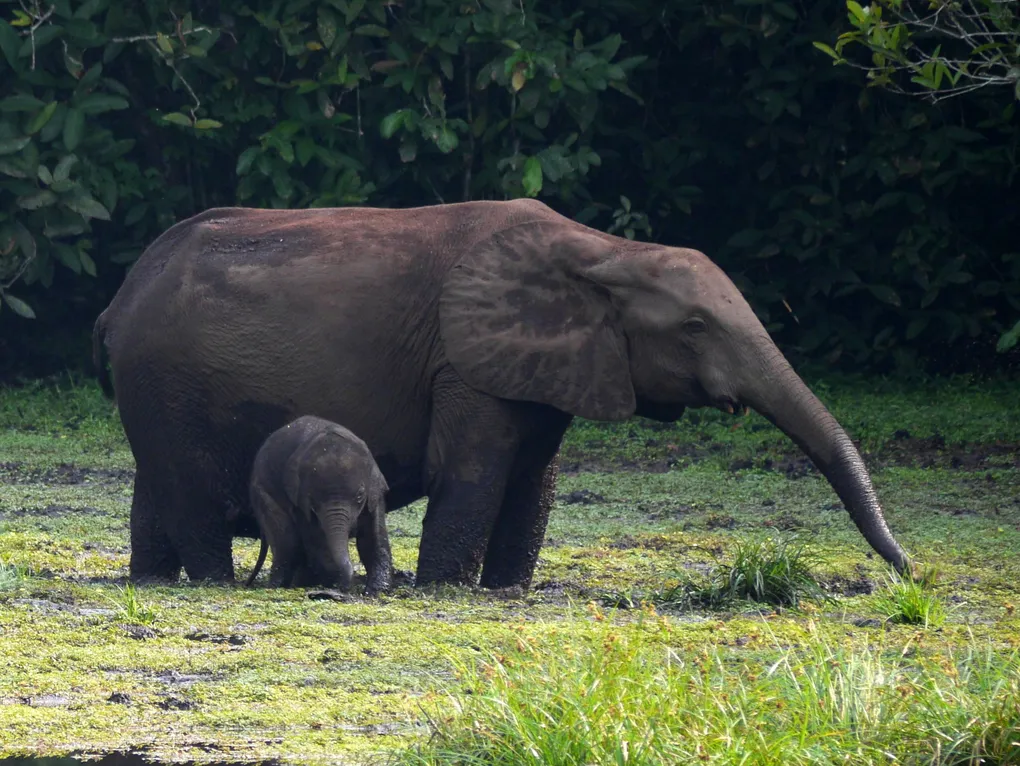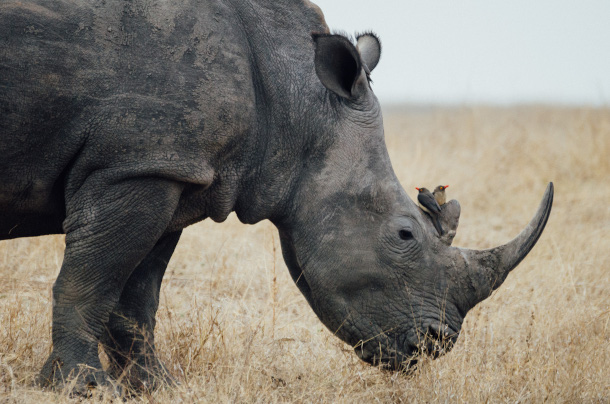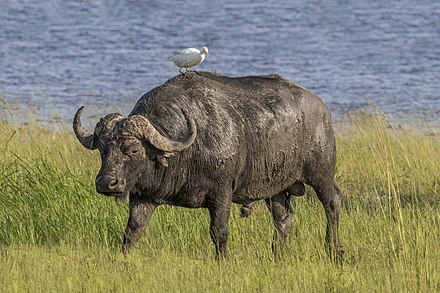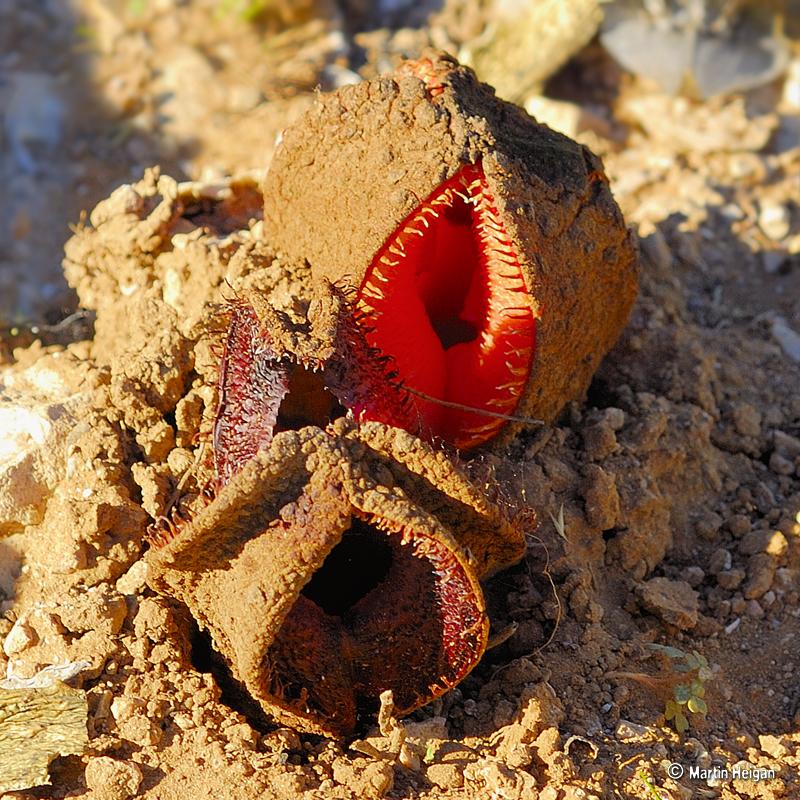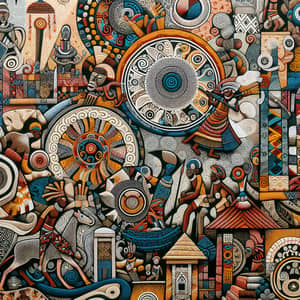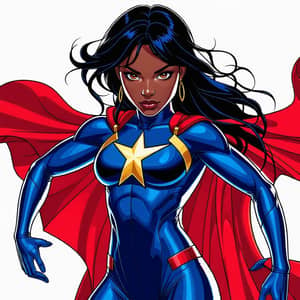Africa
Information · 7 months ago
Africa is the world's second-largest and second-most populous continent after Asia. At about 30.3 million km2 (11.7 million square miles) including adjacent islands, it covers 20% of Earth's land area and 6% of its total surface area.[9] With nearly 1.4 billion people as of 2021, it accounts for about 18% of the world's human population. Africa's population is the youngest among all the continents;[10][11] the median age in 2012 was 19.7, when the worldwide median age was 30.4.[12] Based on 2024 projections, Africa's population will reach 3.8 billion people by 2099.[13] Africa is the least wealthy inhabited continent per capita and second-least wealthy by total wealth, ahead of Oceania. Scholars have attributed this to different factors including geography, climate,[14] corruption,[14] colonialism, the Cold War,[15][16] and neocolonialism. Despite this low concentration of wealth, recent economic expansion and a large and young population make Africa an important economic market in the broader global context. Africa has a large quantity of natural resources and food resources, including diamonds, sugar, salt, gold, iron, cobalt, uranium, copper, bauxite, silver, petroleum, natural gas, cocoa beans, and tropical fruit. Africa # Country Population (2024) Land Area (Km²) Density (P/Km²) 1 Nigeria 232,679,478 910,770 255 2 Ethiopia 132,059,767 1,000,000 132 3 Egypt 116,538,258 995,450 117 4 Democratic Republic of the Congo 109,276,265 2,267,050 48 5 Tanzania 68,560,157 885,800 77 6 South Africa 64,007,187 1,213,090 53 7 Kenya 56,432,944 569,140 99 8 Sudan 50,448,963 1,765,048 29 9 Uganda 50,015,092 199,810 250 10 Algeria 46,814,308 2,381,740 20 11 Morocco 38,081,173 446,300 85 12 Angola 37,885,849 1,246,700 30 13 Mozambique 34,631,766 786,380 44 14 Ghana 34,427,414 227,540 151 15 Madagascar 31,964,956 581,795 55 16 Côte d'Ivoire 31,934,230 318,000 100 17 Cameroon 29,123,744 472,710 62 18 Niger 27,032,412 1,266,700 21 19 Mali 24,478,595 1,220,190 20 20 Burkina Faso 23,548,781 273,600 86 21 Malawi 21,655,286 94,280 230 22 Zambia 21,314,956 743,390 29 23 Chad 20,299,123 1,259,200 16 24 Somalia 19,009,151 627,340 30 25 Senegal 18,501,984 192,530 96 26 Zimbabwe 16,634,373 386,850 43 27 Guinea 14,754,785 245,720 60 28 Benin 14,462,724 112,760 128 29 Rwanda 14,256,567 24,670 578 30 Burundi 14,047,786 25,680 547 31 Tunisia 12,277,109 155,360 79 32 South Sudan 11,943,408 610,952 20 33 Togo 9,515,236 54,390 175 34 Sierra Leone 8,642,022 72,180 120 35 Libya 7,381,023 1,759,540 4 36 Congo 6,332,961 341,500 19 37 Liberia 5,612,817 96,320 58 38 Central African Republic 5,330,690 622,980 9 39 Mauritania 5,169,395 1,030,700 5 40 Eritrea 3,535,603 101,000 35 41 Namibia 3,030,131 823,290 4 42 Gambia 2,759,988 10,120 273 43 Gabon 2,538,952 257,670 10 44 Botswana 2,521,139 566,730 4 45 Lesotho 2,337,423 30,360 77 46 Guinea-Bissau 2,201,352 28,120 78 47 Equatorial Guinea 1,892,516 28,050 67 48 Mauritius 1,271,169 2,030 626 49 Eswatini 1,242,822 17,200 72 50 Djibouti 1,168,722 23,180 50 51 Réunion 878,591 2,500 351 52 Comoros 866,628 1,861 466 53 Western Sahara 590,506 266,000 2 54 Cabo Verde 524,877 4,030 130 55 Mayotte 326,505 375 871 56 Sao Tome and Principe 235,536 960 245 57 Seychelles 130,418 460 284 58 Saint Helena 5,237 390 13

